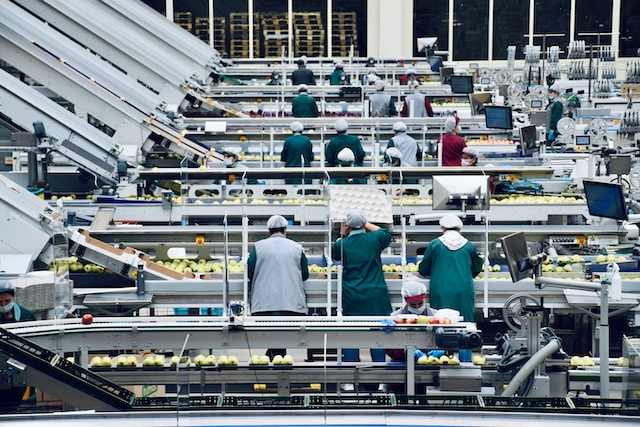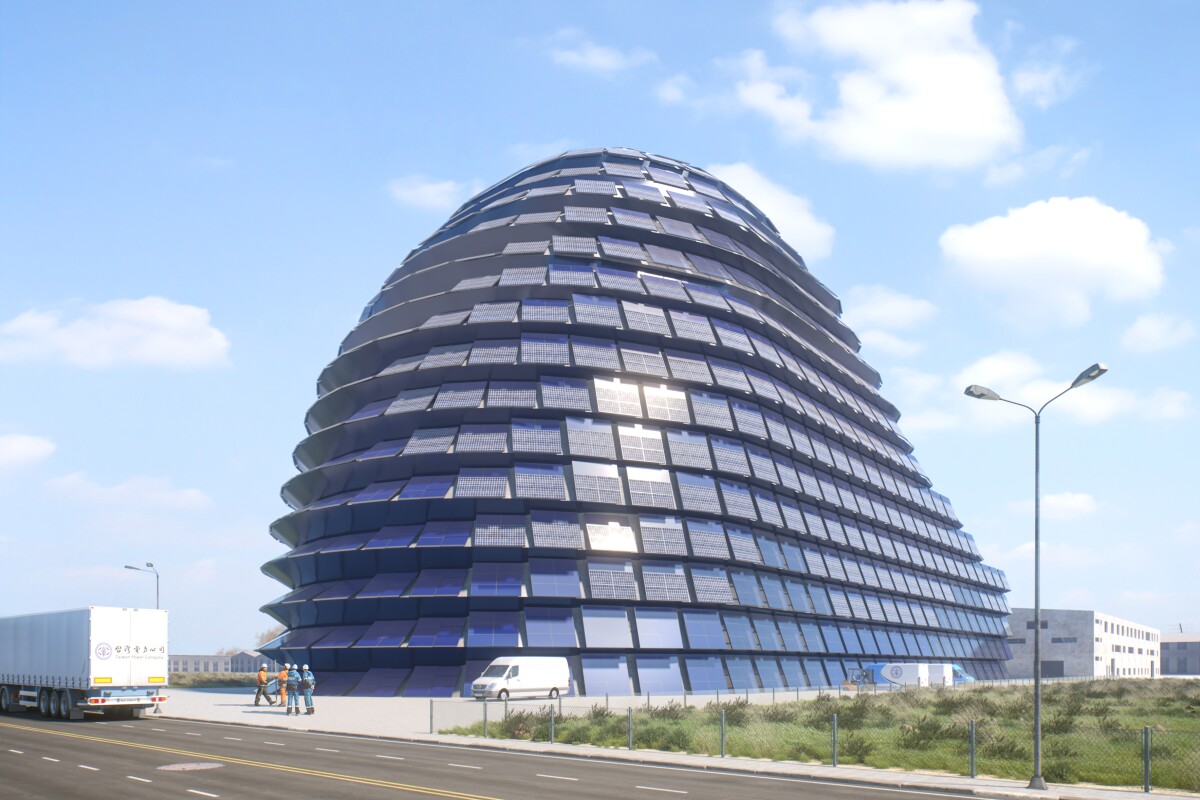The rise of new machines and new tech in factories reshape company operations. In the modern era, advanced technology and automation have led to most warehouses aligning with the principles of Industry 4.0. The industrial revolution has led to most companies upgrading their conveyor systems with artificial intelligence and automation.
Conveyor upgrades enhance connectivity, enable real-time analysis, and facilitate intelligent decision-making. Follow the article as we explore features of modern belt conveyors for Industry 4.0 to help achieve efficiency in warehouse operations.
Follow the article as we explore features of modern belt conveyors for Industry 4.0 to help achieve efficiency.
What is a Belt Conveyor?
Belt conveyors are the most common conveyor system consisting of a moving belt resting on a steel frame to support the belt and moving materials. The belt conveyor has variable speed and connects production modules using intelligent control components to improve efficiency.
There are mainly two types of conveyor systems; sliding style and roller belt style. A belt conveyor with a supporting frame underneath is termed a sliding style. On the other hand, belts supported by closely placed rollers are referred to as roller belt style.
How Does a Belt Conveyor System Work?
Belt conveyors use a system of motorized pulleys. A belt conveyor system has at least a drive and tail pulley to control belt movement. Between the pulleys are dummy pulleys that are moved by the belt.
Pulleys incorporate a looped belt made of thick, durable material. Once the motor is activated, the belt is pulled between the pulleys. The drive pulley pushes or pulls the load, whereas the tail pulley returns the belt.
The support system is designed to hold moving materials without sagging, allowing the goods to move smoothly. As the belt moves, a belt cleaner removes any carryback that may remain on the belt upon load discharge.
Key Features of Belt Conveyor For Industry Technology 4.0
Industry 4.0 is intelligent as it optimizes interconnectivity and digitization of processes. By integrating Industry 4.0, the next generation of manufacturing allows business models to be connected. Harness the power of technology and unleash the full potential of factory and warehouse operations by incorporating conveyor technology with the following features;
1. Safety Features
Conveyor belt systems can introduce safety elements such as emergency stop buttons, sensors for detecting obstructions, and automatic load balancing to minimize the risk of accidents and injuries.
2. Automation features
The conveyor system needs to integrate modern control and computer technology that can think. Through automation, the belt conveyor system can make decisions in specific situations ensuring continuous processes.
Automation features play an essential role in the processing and packaging industries. Modern conveyor allows automated sorting, merging, and tracking of goods moved from one location to another.
3. Sensors
Sensor elements play a crucial role in predictive maintenance. When warehouse machines come to a standstill, high expenses can follow. Sensors in intelligent conveyor technology 4.0 can help users identify faults in the system at an early stage, ultimately saving money. Sensors play a vital role in predicting and deterring unscheduled downtimes in the production cycle.
4. ERP systems
Belt conveyors can be integrated with enterprise resource planning (ERP) to manage day-to-day business activities. ERP systems can have advanced features such as barcode scanners, label printers, scales, and case sealers to allow precise sorting and efficient material handling.
Sensors and ERP systems work together efficiently to help monitor risk management and compliance, supply chain operations, and accounting. ERP software collaborates with machines to analyze and leverage data to deliver consistent quality and products.
5. Artificial Intelligence and Robotics
Through AI, machines can communicate in real-time with each other and human operators wirelessly. Machines can understand tasks at hand to improve processes. Artificial intelligence can also help know if a machine is experiencing issues that could affect delays and errors in production. Artificial intelligence notifies the status and location of the issue in real time.
Robots work alongside human operators to monitor and have insights into operations. Robots work faster and more accurately in mundane and repetitive tasks. Unlike human operators, robotics typically perform dangerous tasks more efficiently and cost-effectively.
Benefits of Belt Conveyor Technology for Industry 4.0
Technology 4.0 helps companies at various levels of operations. Some of the benefits include;
- Increased efficiency in material handling processes
- Automated conveyor systems mitigate human errors by minimizing manual interactions.
- The tech provides buffering and staging between processes; for instance, conveyor systems can aid in vision lighting for robotic picking units.
- Increases flow rates in warehouse production and throughput speeds
- Enhances speedy processes for customized orders
- Alleviates occurrence of jams and standstills
- Automated processes ensure that the correct amounts are delivered to the right place. They help transport materials from one place to another while orienting and metering out products.
- Saves on operational costs
- Facilitates an increase in added value
- Ensures flexible adaptation to accommodate changes in product sizes, shapes, and packaging needs
- Interconnections and alignment of intelligent transport systems offer more output compared to the human workforce.
- Reduces risks of workplace accidents, creating a safer and more productive work environment
Conclusion
Conveyor belts have become a crucial element in automated facilities today. Upgrading your warehouse conveyor and storage systems helps you elevate productivity levels, minimize levels, minimize errors, and adapt to the demands of the industrial revolution. Consider conveyors with the features mentioned above to stay ahead of the competition.







